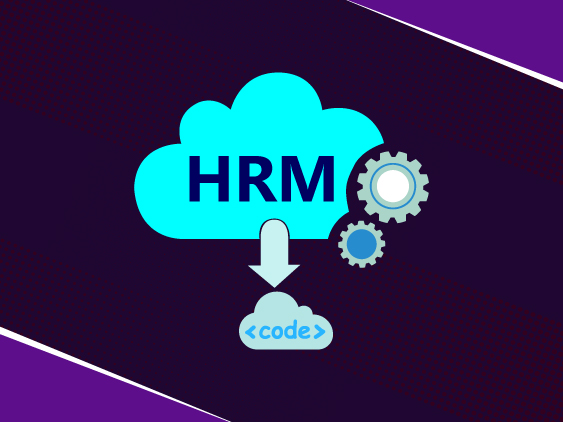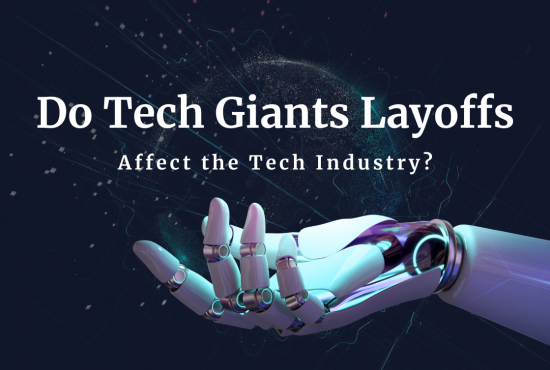The onset of COVID-19 in the two years has been very turbulent and challenging for professionals & organizations alike. Not only from an individual standpoint, professionals had to manage the healthcare crisis but also figure solutions for the unknown - newer problems, unexplored territories, unfamiliar play and to top it all, at some places, the ground rules did not even exist. One such lesser-frequented territory was the adoption of cloud computing in the field of HR, which is not only elevating the HR performance and success of an organization but also driving business value.

Once the realization dawned that we have entered a pandemic and it is here to stay, organizations had to kickstart the machinery towards technology adoption to mitigate employee related concerns like limited access to company information and data, obsolete documentation heavy processes and limited employee training programs. While trying to keep employees safe and healthy during this health crisis, HR departments of companies had to make provisions to maintain a productive and sustainable workforce that allows them to stay competitive.
Human Resource functions have always been considered as the backbone powerhouse of organizations but have traditionally been relatively slower in technology adoption. However, post the pandemic, HR seems to have taken the center stage. Areas like Attendance, Leave Management Systems, Generic Training Programs to name a few were in vogue however areas with low penetration of technology like Technical Training, Talent Acquisition, Hiring, Employee Onboarding and Engagement have also gained momentum now.
Did we ever think that talent acquisition could be done remotely end to end where all of the stakeholders – recruiters, candidates, interviewers and hiring managers are sitting in different geographical locations? Did we ever think that people could be inducted in the organization without them being physically available? Did we ever question why employee files need to be in hard copies stuffed in record rooms? How can we access these important records virtually from any location in situations like COVID-19? Did we ever ponder how training sessions can be as effective virtually as they are in person? How can participants leverage all learning resources in a globally distributed setup? We all would have surely asked ourselves these questions at some point of time but considering our mind operated in an already conditioned environment, we would have shrugged it off. Today, with cloud computing, all such areas that were previously considered impossible are now not only being implemented but also are here to stay.

Recruitment
With cloud computing, a recruiter or an interviewer can access resumes and other documents from anywhere at any time enabling a seamless hiring process. With video recording capabilities, interviews can be recorded and saved on cloud for future references at the click of a button. With the use of technology, candidates can now experience smoother onboarding from the comfort of their homes. HR teams can access employee records from anywhere at any time with cloud computing.
For example, Coforge has developed ‘iCATS’ , a solution that makes the talent acquisition process seamless and much more efficient. It enables organizations to have uninterrupted engagement with talent during the entire hiring process, identify skill-based training and assessments and helps establish the right partner ecosystem for recruiting. The software also uses AL/ML to analyze the talent information and patterns and identify appropriate recruitment marketing initiatives.
Today, there are softwares available in the market which can enable IVR based recruiter calls going to thousands of candidates at the click of a button or softwares which can even track eye movements of candidates during interviews.

Training & Administration
Training teams can not only impart training, but they can also conduct examinations in a proctored environment while being virtual. HR teams can conduct Employee Engagement Activities, Performance Management, Annual Celebration Events, Reward & Recognition ceremonies all in a virtual mode.
Improved Accessibility
Accessibility was one of the major challenges employees had to face when they started working remotely in the beginning of the pandemic. Cloud computing became the most important tool for most organisations to enable employees to have easy access to data and software to do their jobs seamlessly.
Automation
Cloud computing allows HR managers to restructure and automate data heavy HR processes like onboarding of new employees, timesheet submission, feedbacks, performance reviews, payroll and vacation requests processes.
Analytics
Analytics and data mining in HR helps compile, structure, and manage workforce trends/insights that can be used to improve decisions, increase employee satisfaction and optimize processes. The data gathered can be leveraged to device new methods for employee satisfaction and retention.
As we are getting back to normalcy, many offices are planning to move to hybrid models and hence will need to invest in a hybrid cloud infrastructure. A hybrid model will help businesses to have control over their data and provide improved security by reducing the potential exposure of data. After a few years, when we would reflect back to see the advent of technology in the lives of the Human Resource team, Covid would come out as not only the biggest disruptor but also as the greatest enabler.
Source: peoplematters.in








